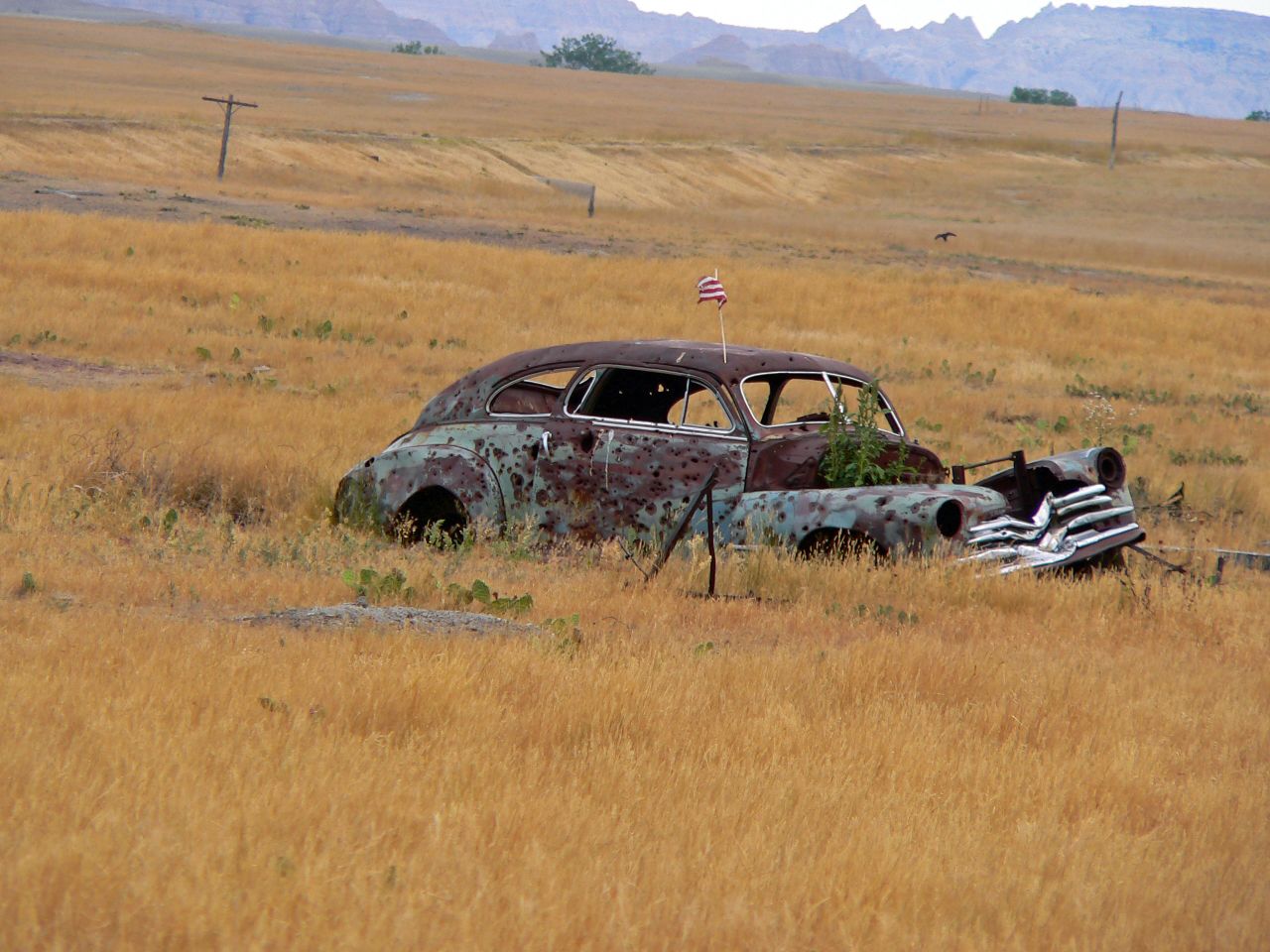Some of us believe that the best way to help the poor is to give them money. Since Bill Clinton’s reforms, the money comes conditioned upon going to school or hunting for work. Disputing the conditions is not fruitful, but they do not account for the existential void purposely created for Indians by the colonists. Many reservations were never economically viable nor were they meant to be. The plan was that “Indians not taxed” would live in squalor and in a condition of dependence until they drifted away to assimilate among the urban poor. During the termination and relocation period, Indians were offered small stipends and temporary services as incentives to abandon the reservations. The Dawes Act destroyed some reservations by allotment and left others checkerboarded, land bought by white people here and land owned by individual Indians there. Allotment, even when the policy was reversed before everything was sold, destroyed the tribes as economic units. It was an involuntary immersion in dog-eat-dog values. Now they call the survivors lazy.Read More on the Story:
Steve Russell: Poverty as a Black and White Issue (Indian Country Media Network August 15, 2017)
Join the Conversation

